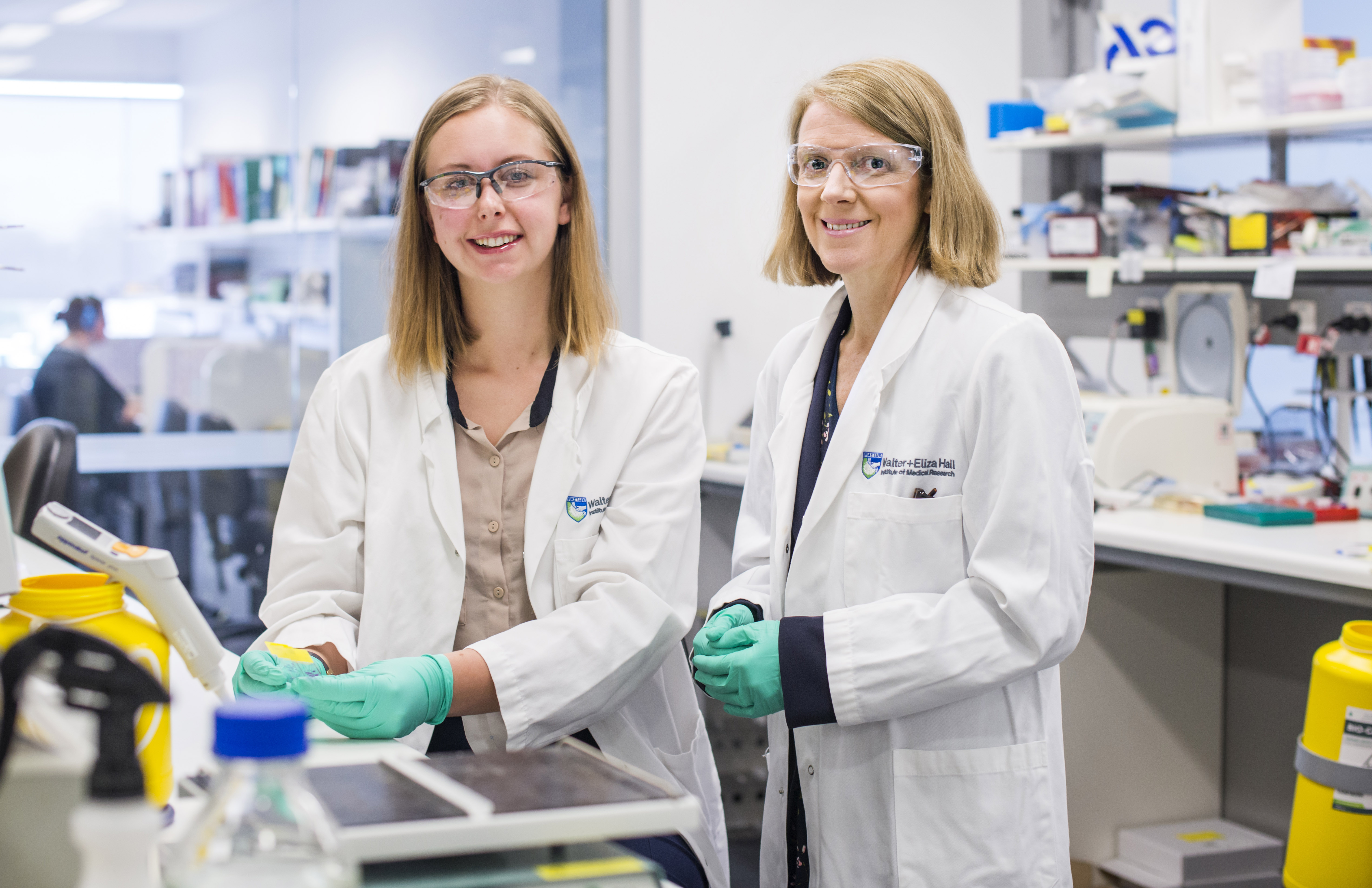[approx. 3 min read]
The OCRF collaborates with the Australian Cancer Research Foundation (ACRF) towards targeted and effective treatments.
Earlier this month a world-class cancer research program officially launched at the Walter Eliza Hall Institute of Medical Research (WEHI)—The Australian Cancer Research Foundation Program for Resolving Cancer Complexity and Therapeutic Resistance. This $3.5million grant awarded by ACRF will leverage the collaborative potential of some of the brightest minds in the country, with particular involvement from 21 investigators across biology, drug discovery, bioinformatics, treatment, resistance and more.

To have funds from OCRF available to support technical experts using the equipment and output is a win-win for researchers, making the grant application process that much more efficient, and will ultimately benefit ovarian cancer patients."
Kerry Strydom
ACRF CEO
Over three years, the Ovarian Cancer Research Foundation (OCRF) has contributed $349,500 to the program, in particular for the salaries of two bioinformaticians to work on extracting insights for ovarian cancer research. Simply put, a bioinformatician is a mathematician that works in biology, focused on analysis of cell data at a genomic level.

Image provided by ACRF: WEHI Researchers involved in the program
 Benefits of the program for ovarian cancer research
Benefits of the program for ovarian cancer research
The Program, lead out of WEHI, seeks to better understand the complexity of cancers so that they can be treated in a more targeted and effective way. It unravels one of the main conundrums with precision medicine: how to deal with the variability of cancers? For example, why the same cancer type in different people, elicits different responses to the same therapies.
 Collaborative funding makes a difference to researchers, and ultimately ovarian cancer patients
Collaborative funding makes a difference to researchers, and ultimately ovarian cancer patients
An investigator in the program, Professor Clare Scott is focused on finding treatment solutions for ovarian cancers. In particular, the project aims to resolve a key gap in knowledge around the most lethal type of ovarian cancer, carcinosarcoma.
Two pieces of state-of-the-art technology are enabling the investigators to view research samples in better definition than ever before. The MIBIscope enables a far superior understanding of the tissue microenvironment. Previously, researchers could view four or so markers per cell, the MIBIscope enables them to see 10 times this number of markers and understand the location of each of the markers within the cells. At the virtual launch, A/Prof Edwin Hawkins described “The Multiphoton Microscope could be considered the space race in reverse’’– rather than the macro, here, the technology enables researchers to see the micro with more clarity. The better researchers can examine the disease, the closer they become to understanding it.
ACRF CEO, Kerry Strydom said “We are delighted with the collaborative funding arrangement with OCRF. ACRF grants capital funds for technology, equipment and infrastructure. To have funds from OCRF available to support technical experts using the equipment and output is a win-win for researchers, making the grant application process that much more efficient, and will ultimately benefit ovarian cancer patients.”
Researchers, working closely with clinicians, aim to develop targeted therapies based on their increasing understanding of specific cancer behaviour. The hope is that clinical trials can then follow from new and improved therapies.